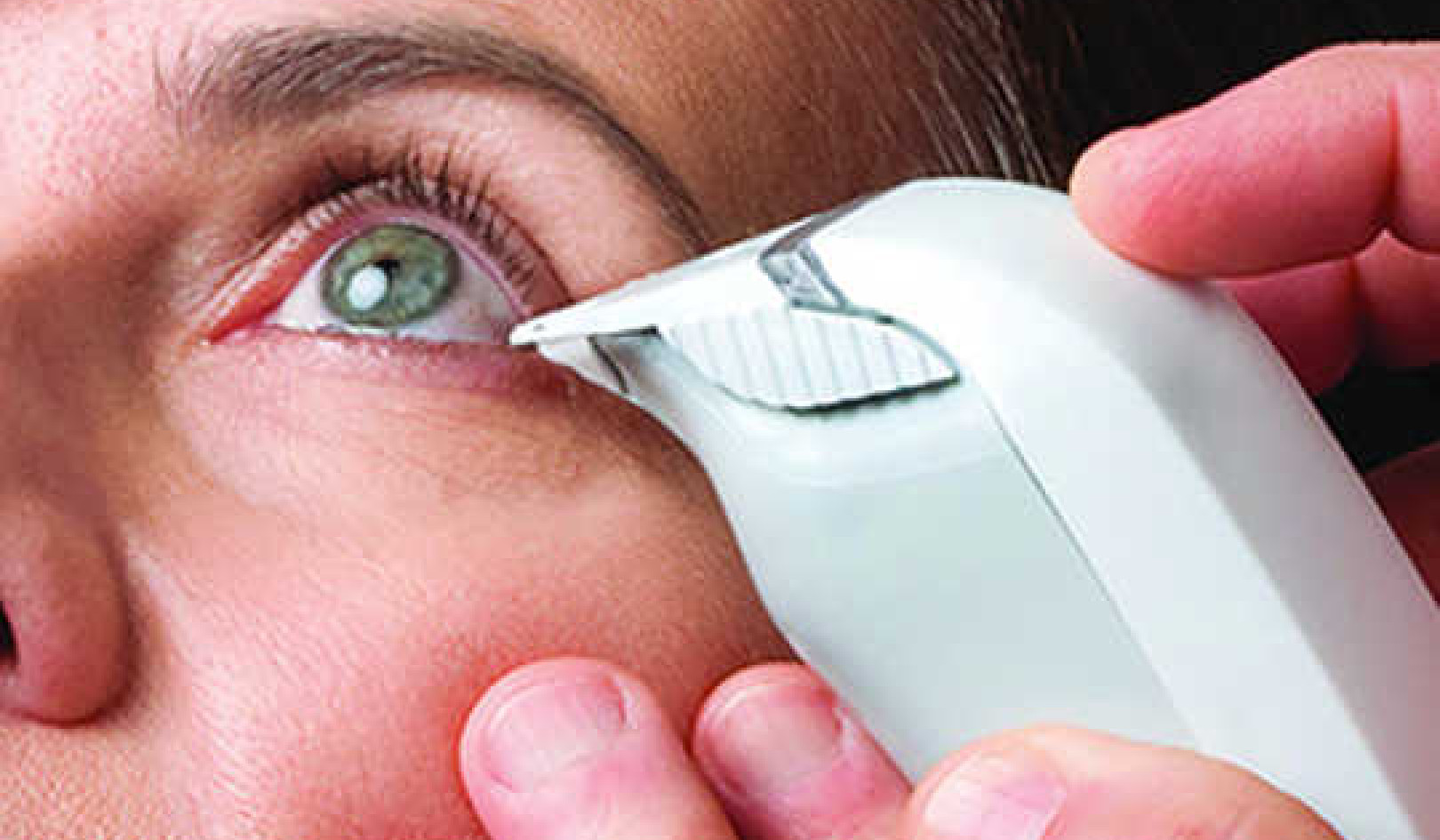
A new study challenges the hypothesis that nerve cells in the brains of people with autism spectrum disorders do not reliably and consistently respond to external stimuli.
“Our findings show there is no measurable variation in how individuals with autism respond to repeated visual and tactile stimuli,” says John Foxe, chair of the neuroscience department at the University of Rochester Medical Center and senior author of the study in the journal Cerebral Cortex.
“Consequently, the concept that the symptoms of autism may arise from unreliable brain activity in response to the senses is in all likelihood a scientific cul-de-sac.”
The neuronal unreliability theory, which has gained traction in recent years in the wake of a 2012 study, is based on the assumption that the brain’s response to repetitive stimuli—visual, audio, or touch—should be steady and consistent. According to this theory, the brain’s response is not constant in individuals with autism and, consequently, alters their perception of the physical environment and impairs cognitive and social development.
The theory did not ring true with Foxe and his colleagues, based on their decades of studying the brain activity of children with autism spectrum disorders. Furthermore, the original studies that formed the basis for this hypothesis involved functional MRI experiments, which measure changes in the blood oxygen levels in the brain. While fluctuations in blood flow are important indicators of brain activity, these measures do not precisely correlate to the more rapid electrical activity that occurs in the brain when nerve cells are stimulated.
The new study involved 20 people diagnosed with autism and 20 who served as healthy controls. The participants wore a dense array of electrodes on the surface of their scalp to record brain electrical activity and were then exposed to repeated visual stimuli.
No matter how the researchers measured the variability of the responses, brain responses in autism were as stable as those of the controls. To make sure that this wasn’t just the case in the visual system, the team also evaluated tactile inputs—repeated touches to the wrists of participants—and, once again, measures of brainwave responses provided no evidence whatsoever of increased response variability in the individuals with autism.
“The point of this study is not to make the case that there aren’t any differences in the way that people with an autism spectrum disorders process touch, sight, or sound; research shows clear differences in some cases,” says coauthor Sophie Molholm, an associate professor of pediatrics and neuroscience at the Albert Einstein College of Medicine. “Rather, it is to say that whatever those differences may be, they likely don’t simply arise because the brain responses in autism are more variable.”
The authors contend that, while the study essentially demonstrates negative findings, it represents an important contribution in the field of autism where much of our understanding of the disease is—to the frustration of patients, families, research, and caregivers alike—long on theory and conjecture but short on solid scientific fact.
“It is just as important to get information out there that questions a major theory in the field as it is to publish work that supports it,” says lead author John Butler, an assistant lecturer at the Dublin Institute of Technology.
Funding came from the National Institute of Mental Health and the Nathan Gantcher Foundation.
Source: University of Rochester
Related Books:
at InnerSelf Market and Amazon




























